Welcome to the Focusing on Wildlife Galleries
Discover and share outstanding wildlife images.
Join the discussions and upload your own photos.
The Australasian Shoveler (Anas rhynchotis) is a species of dabbling duck in the genus Anas. It ranges from 46-53 cm. It lives in heavily vegetated swamps. In Australia it is protected under the National Parks and Wildlife Act, 1974. They occur in southwestern and southeastern Australia, Tasmania, and New Zealand.
3 Photos
The Blue-winged Teal (Anas discors) is a small dabbling duck. Their breeding habitat is marshes and ponds throughout north and central North America. Their range is all of North America except western and northern Alaska, northern Yukon Territory, northern Northwest Territory, Northeastern Canada.
4 Photos
The Brown Pintail (Anas georgica spinicauda), a dabbling duck of the genus Anas, is a sub-species of the Yellow-billed Pintail (Anas georgica). Its range includes Peru, Paraguay, Brazil, and Ecuador They also inhabit some of the subantarctic islands including South Georgia, which lends its name to the species. The nominate race A. g. georgica is thought to number between 1000 and 1500 pairs, and is found only in South Georgia. A. g. spinicauda is thought to number well over 110,000.
4 Photos
The Chestnut Teal (Anas castanea) is a dabbling duck found in southern Australia. The Chestnut Teal prefers coastal estuaries and wetlands, and is indifferent to salinity. This bird is an omnivore. They build down-lines nests in tree stumps or, sometimes, on the ground. Both parents incubate the eggs.
4 Photos
The Chiloe Wigeon (Anas sibilatrix) is one of three species of wigeon in the dabbling duck genus Anas. This duck is found in southern South America, on freshwater lakes, marshes, lagoons and slow flowing rivers. It breeds on the Falkland Islands, Argentina, Uruguay, and Chile. It migrates to southeastern Brazil for the winters.
3 Photos
The Crested Duck (Lophonetta specularioides) is a species of duck native to South America, the only member of the monotypic genus Lophonetta. There are two subspecies: L. specularioides alticola (Andean Crested Duck) and L. specularioides specularioides (Southern Crested Duck). The Southern Crested Duck is also called the Patagonia Crested Duck and its range is the Falklands, Chile, and Argentina.
1 Photos
The Pekin duck, or Long Island duck is a breed of domesticated duck used primarily for egg and meat production. It was bred from the Mallard in China. The ancestors of those ducks originated from the canals which linked waterways in Nanjing, not Beijing, and originally had small bodies and black feathers. The White Crested Duck is pure white with orange feet and bills. Their appearance is much the same as the Pekin except for their large crest of feathers on the top of their head.
5 Photos
The Common Eider, Somateria mollissima, is a large sea-duck, which is distributed over the northern coasts of Europe, North America and eastern Siberia. It breeds in Arctic and some northern temperate regions, but winters somewhat farther south in temperate zones, when it can form large flocks on coastal waters. It is abundant, with populations of about 1.5-2 million birds in both North America and Europe, and also large but unknown numbers in eastern Siberia.
8 Photos
The Flying Steamer Duck, Tachyeres patachonicus, is a steamer duck. It is the most widespread steamer duck, resident in southern Chile and Argentina, Tierra del Fuego and the Falkland Islands. Its plumage is very similar to the other three steamer ducks. It is the only steamer duck which can fly, and the only one to occur on inland fresh waters.
4 Photos
The Gadwall, Anas strepera is a common and widespread duck of the family Anatidae. The Gadwall breeds in the northern areas of Europe and Asia, and central North America.The range of this bird appears to be expanding into eastern North America. This dabbling duck is strongly migratory, and winters farther south than its breeding range, from coastal Alaska, south into Central America, and east into Idaho, Kansas, Ohio, Virginia, and then south all the way into Central America.
11 Photos
The Common Goldeneye (Bucephala clangula) is a medium sized sea duck of the genus Bucephala, the goldeneyes. Their breeding habitat is the taiga. They are found in the lakes and rivers of boreal forests across Canada and the northern United States, Scandinavia and northern Russia . They are migratory and most winter in protected coastal waters or open inland waters at more temperate latitudes.
13 Photos
The Hooded Merganser (Lophodytes cucullatus) is a small duck and is the only member of the genus Lophodytes. Their breeding habitat is swamps and wooded ponds on the northern half of the United States or southern Canada. They form pairs in early winter. Hooded Mergansers are short distance migrants and winter in the United States wherever winter temperatures allow for ice free conditions on ponds, lakes and rivers.
3 Photos
The Laysan Duck (Anas laysanensis), also known as the Laysan Teal because of its small size, is an endangered dabbling duck endemic to the Hawaiian Islands. Fossil evidence reveals that Laysan Ducks once lived across the entire archipelago, but today survive only on three small, isolated islands.
3 Photos
Aythya affinis, the Lesser Scaup, is a small North American diving duck that migrates south as far as Central America in winter. Their breeding habitat is inland lakes and marsh ponds in tundra from Alaska through western Canada to western Montana. These birds migrate south (mostly via the Central and Mississippi Flyways) when the young are fledged and return in early spring, usually arriving on the breeding ground in May.
1 Photos
The Long-tailed Duck (Clangula hyemalis) is a medium-sized sea duck. Their breeding habitat is in tundra pools and marshes, but also along sea coasts and in large mountain lakes in the North Atlantic region, Alaska, northern Canada, northern Europe and Russia. They are migratory and winter along the eastern and western coasts of North America, on the Great Lakes, coastal northern Europe and Asia, with stragglers to the Black Sea. The most important wintering area is the Baltic Sea, where a total of about 4.5 million gather.
5 Photos
The Maccoa Duck (Oxyura maccoa) is a small, long African stiff-tailed duck. Adult males have a chestnut body, a blue bill and a black head. Adult females have a grey-brown body, with a dark grey bill and a dark brown crown, nape and cheek stripe. This duck breeds in two main areas: eastern Africa from Sudan and Ethiopia to Tanzania and west to eastern Zaire, and southern Africa from Zimbabwe to Cape Province, South Africa. Their breeding habitat is shallow fresh waters, and they are also found in brackish and saline lakes in winter.
2 Photos
The Mallard (Anas platyrhynchos) is a dabbling duck which breeds throughout the temperate and sub-tropical areas of North America, Europe, Asia, New Zealand and Australia. It is strongly migratory in the northern parts of its breeding range, and winters farther south. For example, in North America it winters south to Mexico, but also regularly strays into Central America and the Caribbean between September and May.
15 Photos
The Mandarin Duck (Aix galericulata) is a medium-sized perching duck, closely related to the North American Wood Duck. The species was once widespread in eastern Asia, but large-scale exports and the destruction of its forest habitat have reduced populations in eastern Russia and in China to below 1,000 pairs in each country; Japan, however, is thought to still hold some 5,000 pairs.
3 Photos
The Marbled Teal (Marmaronetta angustirostris), is a medium-sized duck. It used to be included among the dabbling ducks, but is now classed as a diving duck. This duck formerly bred in large numbers in the Mediterranean region, but is now restricted to a few sites in southern Spain and northwest Africa. In the east it survives in Iran (Shadegan Marshes - the world's most important site), as well as isolated pockets in Turkey, Armenia, Azerbaijan and Iraq.
3 Photos
The Common Merganser (Mergus merganser), also known as a the goosander, is a large-sized duck, which is distributed over Europe, North Asia and North America. North American birds migrate south in small groups to the United States wherever ice free conditions exist on ponds, lakes & rivers; on the west coast, some birds are permanent residents. Scandinavian & Russian birds also migrate southwards, but western European birds are largely resident.
3 Photos
The Muscovy duck (Cairina moschata) is a large duck native to Mexico, Central, and South America. Small wild and feral breeding populations have established themselves in the United States, particularly in the lower Rio Grande Valley of Texas and Florida as well as in many other parts of North America, including southern Canada. Feral Muscovy ducks are found in New Zealand, Australia, and in parts of Europe.
2 Photos
The Pintail or Northern Pintail (Anas acuta) is a widely-occurring duck which breeds in the northern areas of Europe, Asia and North America. It is strongly migratory and winters south of its breeding range to the equator. This dabbling duck breeds across northern areas of Eurasia south to about Poland and Mongolia, & in Canada, Alaska and the Midwestern United States. It winters mainly south of its breeding range, reaching almost to the equator in Panama, northern sub-Saharan Africa and tropical South Asia. Small numbers migrate to Pacific islands, particularly Hawaii, where a few hundred birds winter on the main islands in shallow wetlands and flooded agricultural habitats.
6 Photos
The Northern Shoveler (Anas clypeata), sometimes known simply as the Shoveler, is a common and widespread duck. It breeds in northern areas of Europe and Asia and across most of North America, and is a rare vagrant to Australia. In North America, it breeds along the southern edge of Hudson Bay and west of this body of water, and as far south as the Great Lakes west to Colorado, Nevada, and Oregon.
3 Photos
The Paradise Shelduck, Tadorna variegata, is a large goose-like duck endemic to New Zealand. They are known to the Maori as Putangitangi but now commonly referred to as the "Paradise duck", and are prized game birds. Both the male and female have striking plumage, the male has a black head and barred black body, the female a white head with a chestnut body. .
1 Photos
The Philippine Duck (Anas luzonica) is a large dabbling duck of the genus Anas. Fewer than 10,000 remain. It has a black crown, nape and eye stripe, with a cinnamon head and neck. Rest of body is greyish brown with a bright green speculum. Its legs are greyish brown, and its bill is blue grey. It eats shrimp, fish, insects, and vegetation, and it frequents all types of wetlands.
10 Photos
The Puna Teal (Anas puna) is a species of dabbling duck in the genus Anas. It was previously regarded as a subspecies of the Silver Teal. The Puna Teal is resident in the Andes of Peru, western Bolivia, northern Chile, and extreme northwestern Argentina. It is found on the larger lakes and pools in the altiplano.
6 Photos
The Radjah Shelduck, Tadorna radjah, is a species of shelduck and inhabits the mangrove forests and coastline of New Guinea and Australia. In Australia, its primary range is coastal tropical northern Australia, from central Queensland through northern Northern Territory (including Kakadu National Park) to the Kimberley in Western Australia.
2 Photos
The Red-breasted Merganser (Mergus serrator) is a diving duck. Its breeding habitat is freshwater lakes and rivers across northern North America, Greenland, Europe and Asia. It nests in sheltered locations on the ground near water. It is migratory and many northern breeders winter in coastal waters further south.
12 Photos
The Redhead (Aythya americana) is a medium-sized diving duck. The breeding habitat is marshes and prairie potholes in western North America. Loss of nesting habitat has led to sharply declining populations. They overwinter in the southern and north-eastern United States, the Great Lakes region, northern Mexico and the Caribbean.
1 Photos
The Ringed Teal (Callonetta leucophrys) is a small duck of South American forests. It is the only species of the genus Callonetta. The Ringed Teal breeds in north-west Argentina and Paraguay, also occurring in Bolivia, Brazil and Uruguay. Their habitats include tropical, swampy forests and marshy clearings in well-wooded lowlands, as well as secluded pools and small streams.
2 Photos
The Rosybill or Rosybill Pochard (Netta peposaca) is a duck with a distinctive red bill on males and a slate-colored bill on females. Though classified as a diving duck, this pochard feeds more like a dabbling duck. The Rosybill is endemic to South America. It is found in Argentina, central Chile, Paraguay, Uruguay and southern Brazil. The population in southern Argentina migrates northward during the austral winter, reaching Brazil and southern Bolivia. It is a vagrant to the Falkland Islands.
3 Photos
The Ruddy Shelduck, Tadorna ferruginea, is a member of the duck, goose and swan family Anatidae. It is in the shelduck subfamily Tadorninae. In India it is known as the Brahminy Duck. There are very small resident populations of this species in north west Africa and Ethiopia, but the main breeding area of this species is from south east Europe across central Asia to southeast China. These birds are mostly migratory, wintering in southern Asia.
6 Photos
The Common Shelduck (Tadorna tadorna) is a widespread and common duck of the Genus Tadorna. This is a bird which breeds in temperate Eurasia. Most populations migrate to subtropical areas in winter, but this species is largely resident in westernmost Europe, apart from movements to favoured moulting grounds, such as the Wadden Sea on the north German coast.
14 Photos
The Smew (Mergellus albellus) is a small duck and is the only member of the genus Mergellus. This species breeds in the northern taiga of Europe and Asia. As a migrant it leaves its breeding areas and winters on sheltered coasts or inland lakes of the Baltic Sea, the Black Sea, northern Germany and the Low Countries, with small number reaching Great Britain (for example, at Dungeness), mostly at regular sites. Vagrants have been recorded in North America. On lakes it prefers areas around the edges, often under small trees.
10 Photos
The Cape Shelduck or South African Shelduck, Tadorna cana, is a species of shelduck, a group of large goose-like birds which are part of the bird family Anatidae, which also includes the swans, geese and ducks. This is a 64 cm long bird which breeds in southern Africa, mainly in Namibia and South Africa. In the southern winter, many birds move north-east from the breeding range to favoured moulting grounds, where sizable concentrations occur.
3 Photos
The Spotbill, Anas poecilorhyncha, also known as the Spot-billed Duck, is a dabbling duck which breeds in tropical and eastern Asia. It has three subspecies: A. poecilorhyncha poecilorhyncha (Indian Spotbill), A. poecilorhyncha zonorhyncha (Chinese Spotbill),and A. poecilorhyncha haringtoni (Burmese Spotbill). This duck is resident in the southern part of its range from Pakistan and India to southern Japan, but the northern subspecies, the Chinese Spotbill is migratory, wintering in southeast Asia.
2 Photos
The Tufted Duck, Aythya fuligula, is a medium-sized diving duck with a population of close to one million birds. The Tufted Duck breeds widely throughout temperate and northern Eurasia. It occasionally can be found as a winter visitor along both coasts of the United States and Canada. These ducks are migratory in most of their range, and winter in the milder south and west of Europe, southern Asia and all year in most of the United Kingdom. They will form large flocks on open water in winter.
2 Photos
The Black-billed Whistling Duck, Dendrocygna arborea, is a whistling duck which breeds in the Caribbean. Alternative names are West Indian Whistling Duck and Cuban Whistling Duck. The Black-billed Whistling Duck is widely scattered throughout the West Indies including a large breeding population in the Bahamas, and smaller numbers in Cuba, the Cayman Islands, Antigua and Barbuda, and Jamaica.
2 Photos
The White-headed Duck (Oxyura leucocephala) is a small stiff-tailed duck. This duck breeds in Spain and North Africa, with a larger population in western and central Asia. Their breeding habitat is large tracts of open water with dense stands of aquatic plants to provide cover and nesting sites.
6 Photos
The White-winged Wood Duck, Cairina scutulata is a species of duck, usually placed in the genus Cairina and allied with the dabbling ducks. Historically, the White-winged Wood Duck was widely distributed from north-east India and Bangladesh, through South East Asia to Java and Sumatra. However, in 2002 it had a population of only 800, with about 200 in Laos, Thailand, Vietnam and Cambodia, 150 on Sumatra, notably in Way Kambas National Park and 450 in India, Bangladesh and Burma.
1 Photos
The Wigeon or Eurasian Wigeon (Anas penelope, is common and widespread within its range. It breeds in the northernmost areas of Europe and Asia. It is strongly migratory and winters further south than its breeding range. It migrates to southern Asia and Africa. In Great Britain and Ireland the Wigeon is common as a winter visitor. It can be found as an uncommon winter visitor in the United States.
4 Photos
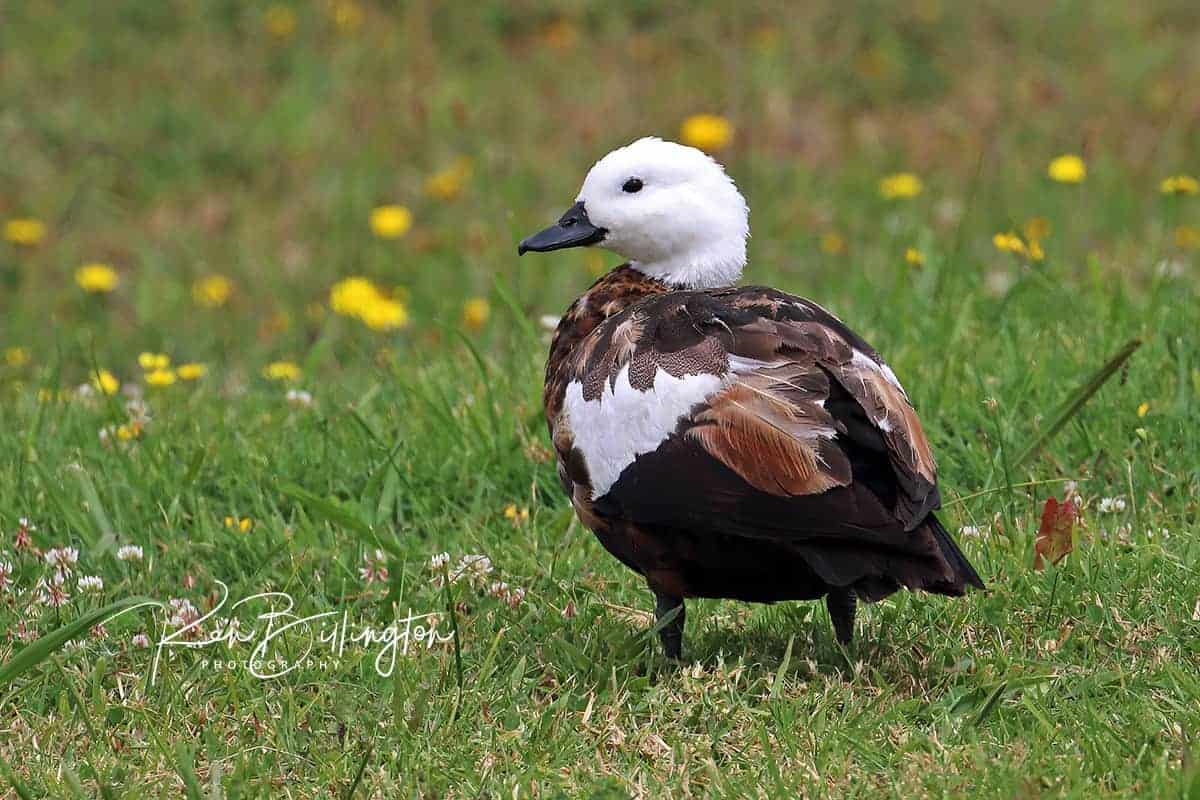
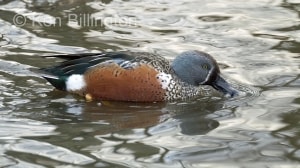
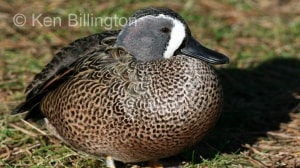

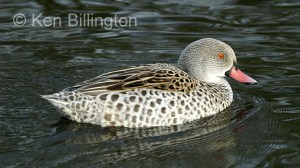

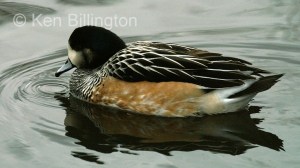
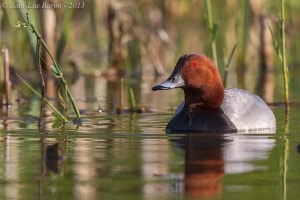

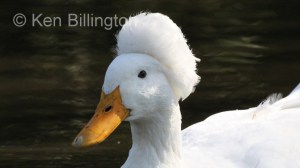
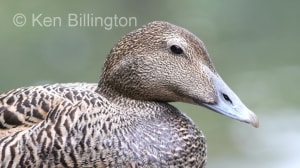

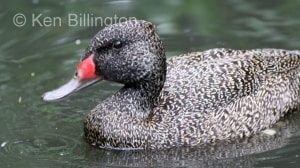
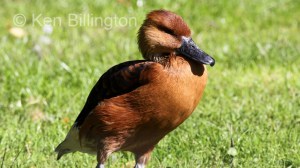
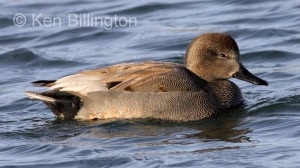
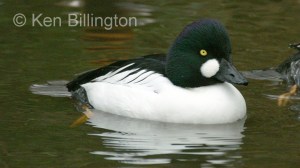
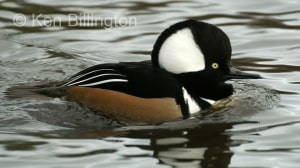
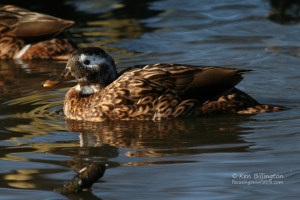
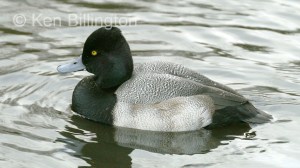
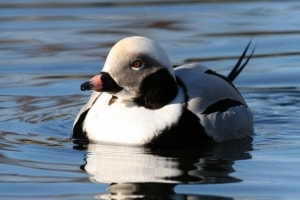
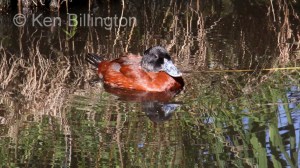
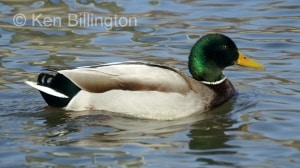

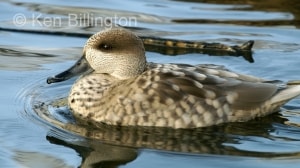

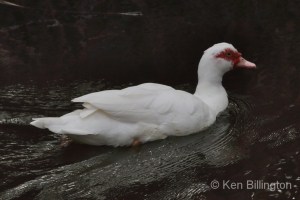
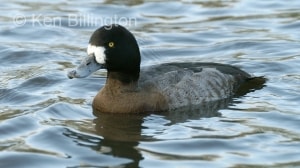
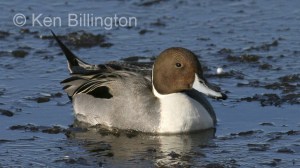
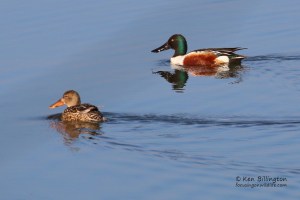
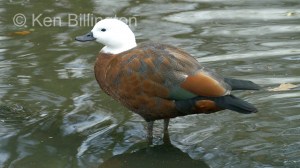
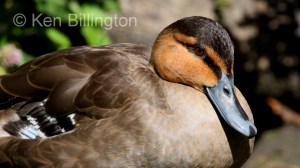
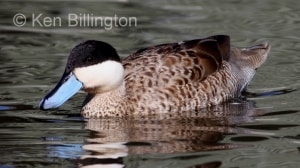

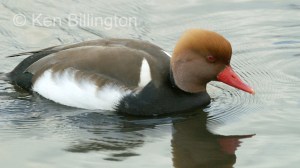
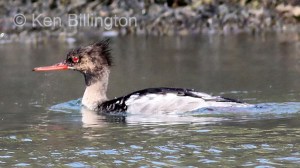
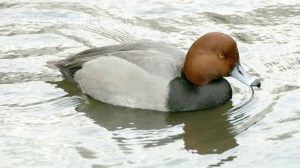
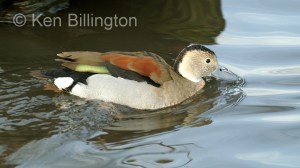

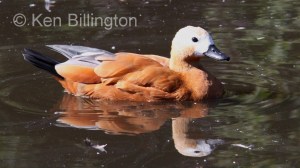
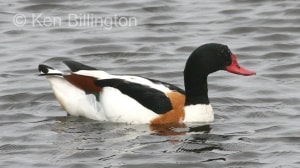
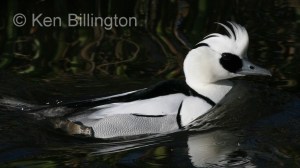
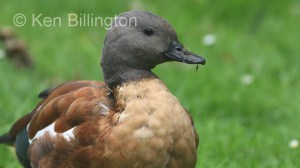
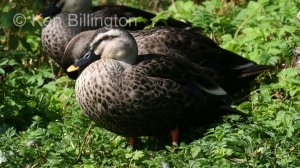
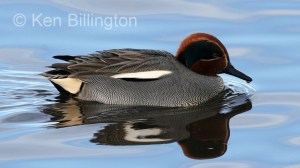
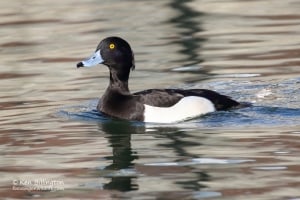
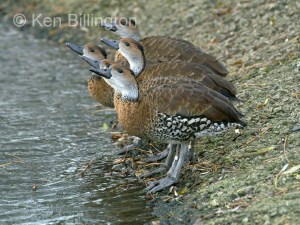


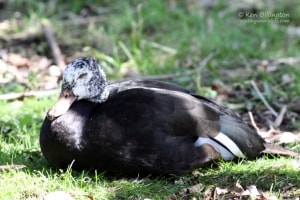
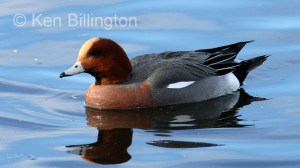


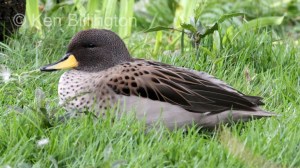
Leave a Reply